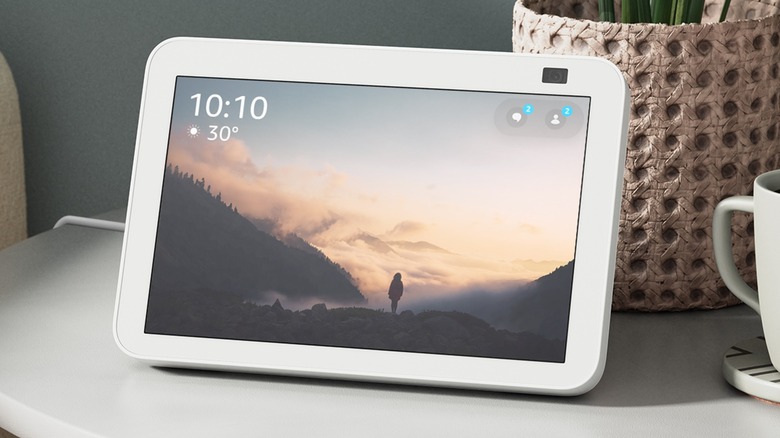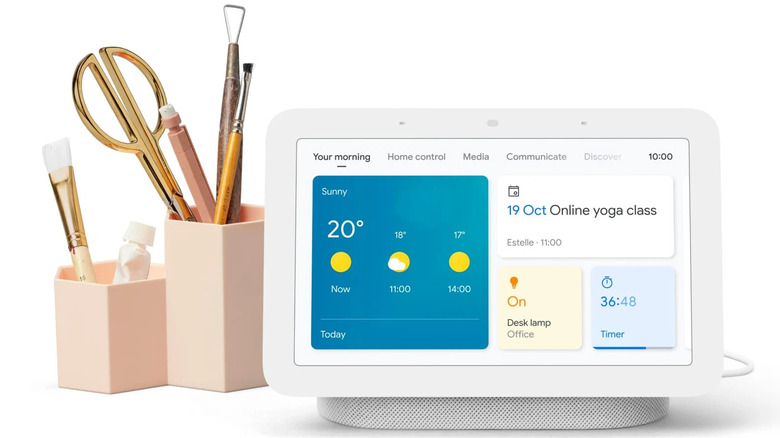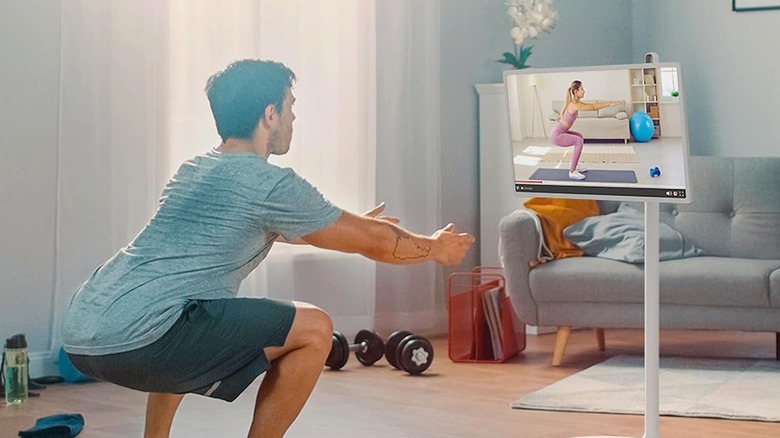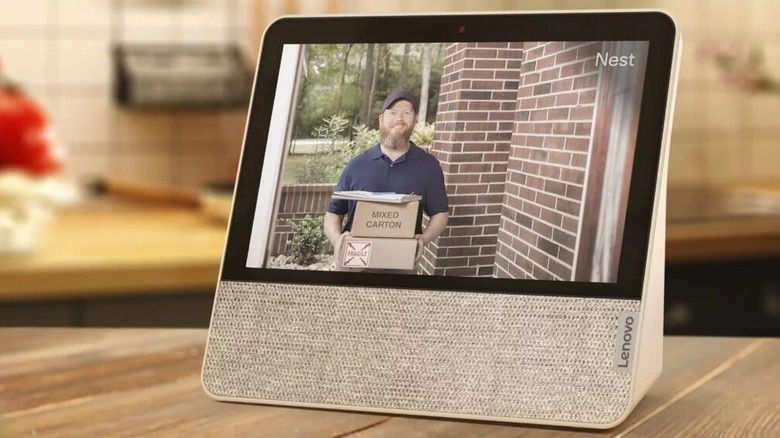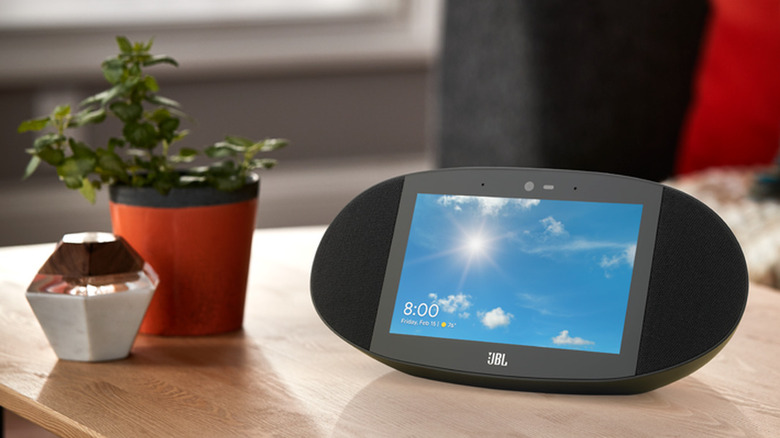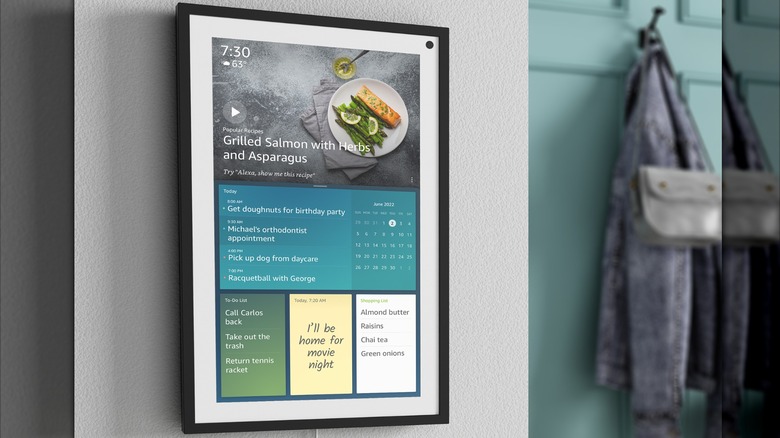The Best Smart Display Brands On The Market (And The Ones To Avoid)
We may receive a commission on purchases made from links.
Shopping for a smart display is harder than it should be. While the dream of an interconnected smart home feels closer than ever thanks to interoperable open-source solutions like Matter and Home Assistant, the reality is that software support on smart devices is becoming increasingly fragmented and products are often obsolete in a matter of years.
As a result, it's no longer enough to pick a screen of your desired size, check if it has all the extras you want, and verify support for your smart home setup. Do this, and you risk buying a device that can't open a link to a website or may not function at all, as we'll explore later on.
Of course, that's why we're here. In this article, we'll go through all major brands currently producing smart displays. We'll also talk about two companies that are best to avoid, since they are in the process of leaving the market. Since there aren't that many popular smart displays, we'll end up mentioning almost every one that's currently available along the way.
Best – Google
A smart display needs to get a lot of things right, and the Google corporation is in the unique position of having a product for almost every need. From Google Calendar integration to native YouTube support with full Google Home compatibility, there's a lot you can do with the company's screens. For anything those screens can't do, Chromecast support allows you to play a myriad of unsupported apps by casting them from an Android phone or any laptop with Google Chrome installed.
Sadly, it's not all roses in the Google Nest. Some of Google's most popular products, including the likes of Docs and Drive, aren't available on those (or any) smart displays. Google Meet and Zoom are no longer supported, having joined the ever-growing Google Graveyard. That said, video calls are still available through Google Meet, which supports both one-on-one and group calls. The only thing missing seems to be the ability to attend pre-arranged work meetings.
As far as hardware is concerned, Google Nest comes in two versions: the Nest Hub and the Nest Hub Max. The Hub Max features a much larger display (10 inches against the seven of the original Hub) and a better, louder speaker. Most importantly, the Max is the Google smart displays that includes a camera. It's a 6.5-megapixel camera – not as good as a flagship phone camera, but better than those found on most laptops.
Best – Amazon
Amazon was the company that made smart speakers mainstream and introduced voiced virtual assistants to the masses with Alexa, so it's no surprise that their smart displays are a solid choice, too. Amazon offers a wide variety of Echo Show models as well as the wall-mounted, camera-less Echo Hub.
The smaller entries in the Echo Show lineup — the Echo Show 5, the Echo Show 8, and the Echo Show 10 — have screens that are built around an unremovable table stand with a fixed angle. Meanwhile, larger units like the Echo Hub and the 15 and 21 inch Echo Show models are designed to be mounted on a wall. If you'd rather have them sit on a table, the optional adjustable stand can cost as much as $100.
Each of those smart displays except the Echo Hub comes with a camera. Those range from a usable but not pretty two megapixels for the cheapest five-inches model to a powerful 13 megapixels for the others. When compared to rival Google Nest options, the Echo lineup offers a wider choice, but they tend to be more expensive. For example, the Amazon Echo Show 8 is more or less a Google Nest without a camera, but costs almost twice as much.
By far the biggest drawback of the Echo Show line is the lack of support for popular apps, especially streaming services like Paramount+ or Disney+. Then there's the issue of hard-to-remove advertising, which many users find inappropriate on devices that can cost as much as $500.
Great – LG
LG is an odd brand when it comes to smart appliances. The LG ThinQ smart home hub is compatible with many LG smart products like fridges, TVs, AC systems, and more, but the company never released a control center comparable to Amazon Echo or Google Nest. A smart speaker equipped with an AI assistant has been announced, but it's not yet available, leaving the task in the hands of a very unique screen.
The LG StanbyME is a standing television on wheels that follows you around, while the StanbyME GO is a tablet stuck inside a briefcase. Neither product is equipped with a microphone, prompting the question of whether they even count as smart displays. They aren't much better at being a television, either, with a maximum resolution of 1920x1080 and a battery life of just three hours. Beyond that, they are twice as expensive as Amazon's priciest screens, with the LG StanbyME GO retailing for $1,199.99.
That said, in a time when Google is deprecating support for third party home automation devices, LG's renewed interest for the Internet of Things inspires a certain confidence. The StanbyME operating system, WebOS, which also powers many LG and third-party smart TVs, is still going strong, while the ThinQ family of smart appliances is on its way to become a platform compatible with non-LG devices.
Still, the LG StanbyME is expensive, it doesn't have a camera, and while it is compatible with Alexa devices, it really should have come with a microphone of its own. It won't be everyone's favorite smart display, but the large form factor and unique portability certainly make it an interesting option.
Avoid – Lenovo
With a comparatively low price and a nifty integrated speaker, Lenovo's smart devices promised to be an excellent entry into the world of smart display when the first Lenovo Smart Display launched in 2018. Sadly, that promise was short lived. Take, for instance, Lenovo's seven inch Smart Display, which launched at $130 in 2019 and quickly dropped to $99. Today, it retails for as little as $35. Sadly, the declining price reflects the decreased functionality of the product in the last few years.
Lenovo's Smart Display line is based on Android Things, a smart home-focused OS which never really took off. Google shut down Android Things and deprecated support for third party screens in January 2022, massively decreasing the value and usability of Lenovo's now-unsupported device. The lack of updates to its operating system — including security updates — has killed basic even functionalities and made the virtual assistant less useful. The only Lenovo smart device that has, for now, survived the disappearance of Android Things unscathed is the Smart Clock, by far the most limited of Lenovo's smart product line.
With all that in mind, the Lenovo Smart Display still works perfectly well as a control deck for smart home automations like turning the lights on and off. This, along with the extremely low price, might make it a worthwhile investment for some. In any other use case, it's hard to recommend it over any of the alternatives.
Avoid – JBL
By many accounts the JBL Link View – the company's only foray into this type of smart gadgets — used to be the best sounding smart display on the market. Now, JBL is in the same unenviable position as Lenovo and other third-parties that relied on Google Assistant and Google Smart Display. That is to say, JBL Link View isn't good for much anymore and its usefulness is likely to deteriorate as time moves on.
What happened to this touch screen-equipped speaker seems to have spared the company's extensive line of smart devices, which weren't affected by the deprecation of Android Things. JBL is still supporting its older virtual assistant-powered speakers while it reinforces its offering with the new JBL Authentic 200, a premium throwback to the brand's classic amplifiers, which come equipped with both Alexa and Google Assistant.
Smart displays are noticeably absent from the Authentics lineup, however. JBL could certainly sneak in a new smart display with the next wave of smart speakers, but given how quickly the Link View became obsolete, it's hard to say how many consumers would be interested.
How we chose these smart displays
The brands and their products are analyzed on the basis of price, capabilities, compatibility with smart appliances and other devices, and range of offerings. Those are derived from the manufacturer's own website and the stores selling them. We also compared product reviews from users, other outlets, and our own reporting.
Many smart displays have seen their functionality deteriorate through the years, which has led us to lower the position of the company that produces them, even if other products of the same brand are perfectly functional.
